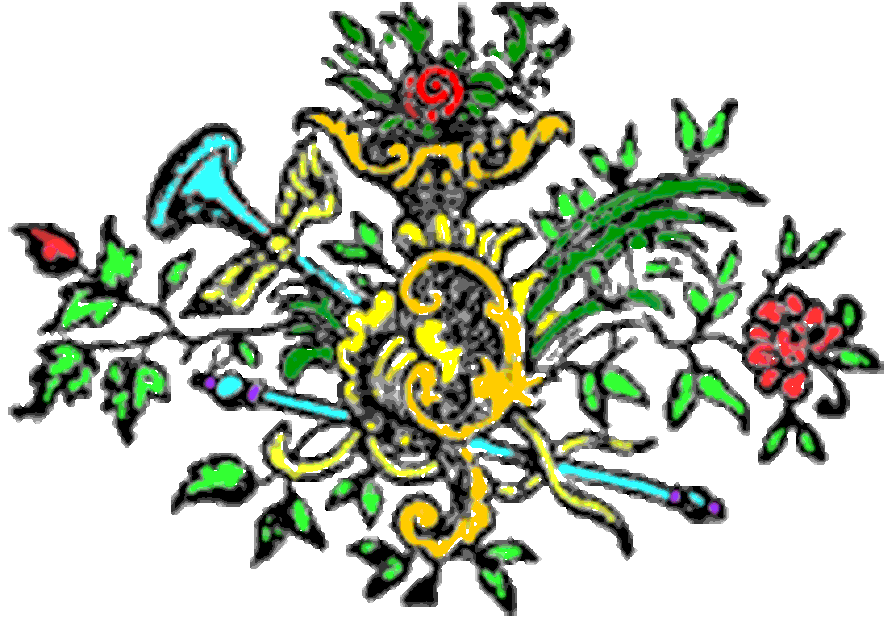
The book distances the reader from the standard Western illusions inculcated by parents, schools, fashion, infotainment media and standard books, from cloying social forms, grade school mentality, bourgeois morality, religious belief, respect, loyalty, nationalism, etc. It strives to engage and amuse while stimulating thought, skepticism and curiosity; not to thrill, titillate or accomplish catharsis.
Any reasoned understanding of nature, coming to grips with reality above the practical level, requires progressive acquisition of objective, verifiable facts to increasing degrees of accuracy, precision and scope along with generating ever more faithful models that mimic and predict, that approximate perceived reality. This path to understanding is played out with the necessary mix of excessive simplicity and mind-numbing complexity as the protagonist of Goilem, Annotated emerges from a stultifying milieu of medieval scholarship into the dazzling dangers of Enlightenment by his attempts to model a human from a magically animated clay simulacrum. The need to clarify, explain and justify his society's beliefs and practices to an entity devoid of prejudice and even of first principles results in progressive shedding of illusions and confrontation with actuality.
Goilem, Annotated points out the similarities between Early Modern mentality and that of our Late Modern free world
and in the existential problems posed by the seemingly disparate cultures.
The protagonist's solution is to drop out
from the rules
he has been taught and from the falsely protective Weltanschauung that persists until this day.
He does not tune in
to some fresh mishugas, but instead proceeds into the wilderness with no plan or known future (like Moses heading into Sinai, Voltaire's Candide having a go at his garden and like Nabokov's Cincinnatus C. simply walking off in Invitation to a Beheading).
No evil antagonist is violating current boundaries of convention or personhood, no hero is set against an outdated detestable confining social order.
No dragons get themselves slain nor is a disrupted society healed (c.f., Macbeth
).
The protagonist is not reconciled to some normal rôle (e.g., coming of age) nor does he achieve freedom and ingratiate himself with the reader by defiantly or covertly adopting today's ethos.

Goilem, Annotated is subversive.
It does not pull the reader into its realm by eliciting strong feeling states or by presenting a fantasy
world of strange creatures and unfamiliar causality.
It abjures mysticism, spirituality and religion.
Instead (as frankly promised in the preliminary material), it works its effect somewhat like meditation, by confusing and diverting the reader's intellect (albeit with a barrage of ridicule and sarcasm rather than with stultifying repetition) as the book gradually and subtly undermines the reader's beliefs and faith.
The book differs from The Da Vinci Code and its ilk in excluding such dread entities as: Illuminati, Freemasons, the NSA, Branch Davidians, Exxon, Father Christmas, Mother Teresa, John of God, Vladimir Putin, Scientologists, Elders of Zion, Liberals, Knights Templar, Rothschilds, flying saucers, Bigfoot, Nessie, and MRSA.
Goilem, Annotated is built around an armature of arcs
—unfolding patterns that constitute the endoskeleton supporting the text and graphics as well as the soul that generates their purpose.
Guying these arcs run numerous strands of forward and backward self-allusion, repetitions of phrases and variations on themes, giving unity to the book's olio of form and substance and contributing literary gravitas.
| Arc | At the Start | By the End |
|---|---|---|
| Plot | Pursuing a mission | Facing reality |
| Milieu | School, family, ghetto | Turbulent early modern Europe |
| Characters | Stock roles, types |
People with feelings |
| Genre | Child's adventure story (Hardy Boys) | Post-modern |
| Intercalated Material | Folk story, fable, puzzle, biblical allusion | Ghost stories and true historical horror |
| Clarity | Received wisdom, moral certainty, interpretation of scripture | Ambiguity, ambivalence, interpretation of observation |
| Narration | Protagonist's experience and narrator's playful intrusions | Objective reporting of action and dialogue |
Resting upon this underlying organized architecture, the novel's tone, plot thread, narrative voice and even page formatting are inconsistent, a disconcerting hodgepodge marred by gaps, abrupt changes, errors and contradictions, much like Truth, like the scattered shards of historical evidence, like memory, like one's inconstant and unreliable constructed Self.